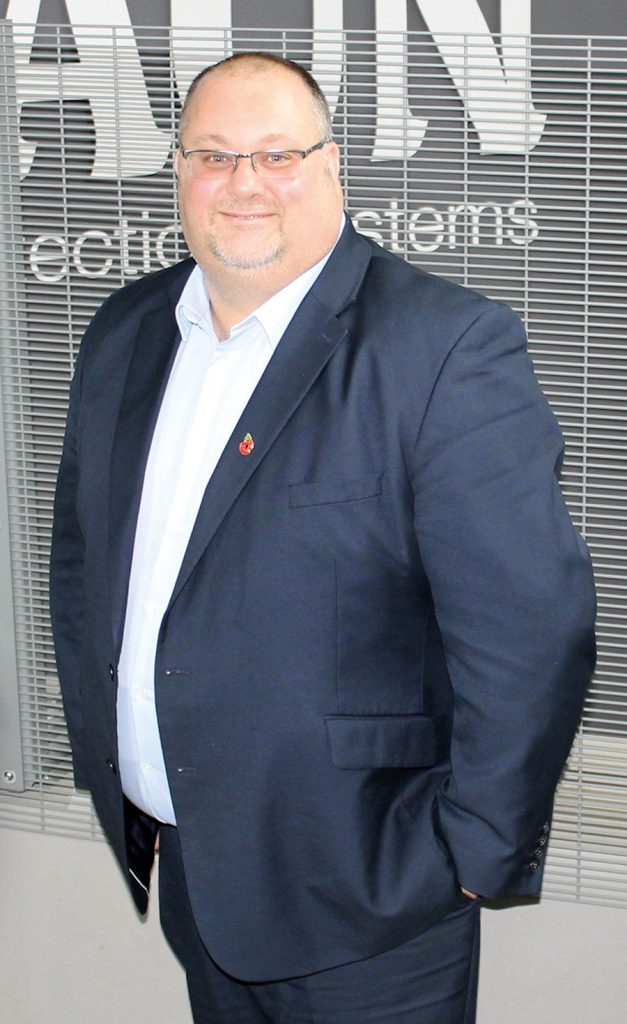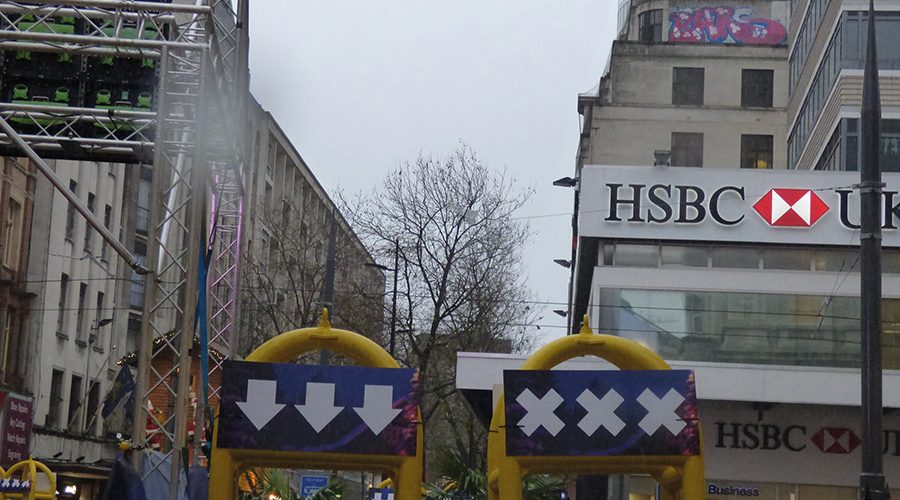Architects, specifiers and security consultants all need continuing professional development (CPD) in the latest technologies available to design into buildings, venues and public spaces to protect our citizens, says Chris Plimley.
Zaun

The security industry requires greater conformity, rigour and collaboration among independent testing and accreditation bodies – and that any penetration tests accurately vet systems in real-life scenarios. That’s why I favour the Loss Prevention Certification Board Red Book and its security ratings to LPS 1175, which many specifiers rightly now insist upon.
Street humps, ad-hoc concrete blocks and metal barriers have sprung up from Birmingham to Brisbane and York to New York as Government, security services and retail and venue operators react to the VAW threat. Many cities are employing bollard-style street furniture and more discrete hostile vehicle mitigation (HVM) seating and planters. Street furniture that doesn’t obviously appear to be a HVM product is desirable, breaking up ‘raceways’ and providing ‘safe zones’ to which the public can flee for sanctuary. Rising bollards, for example, can be made to have a more sympathetic aesthetic quality when compared to road blockers, which give a more empathic message on access restriction.
Evidently, it will take collaboration among a plethora of industries to combat one of the scourges of this age. But first responsibility falls to the architects of our built realm to design future-conscious security into our environment from foundations upwards.







